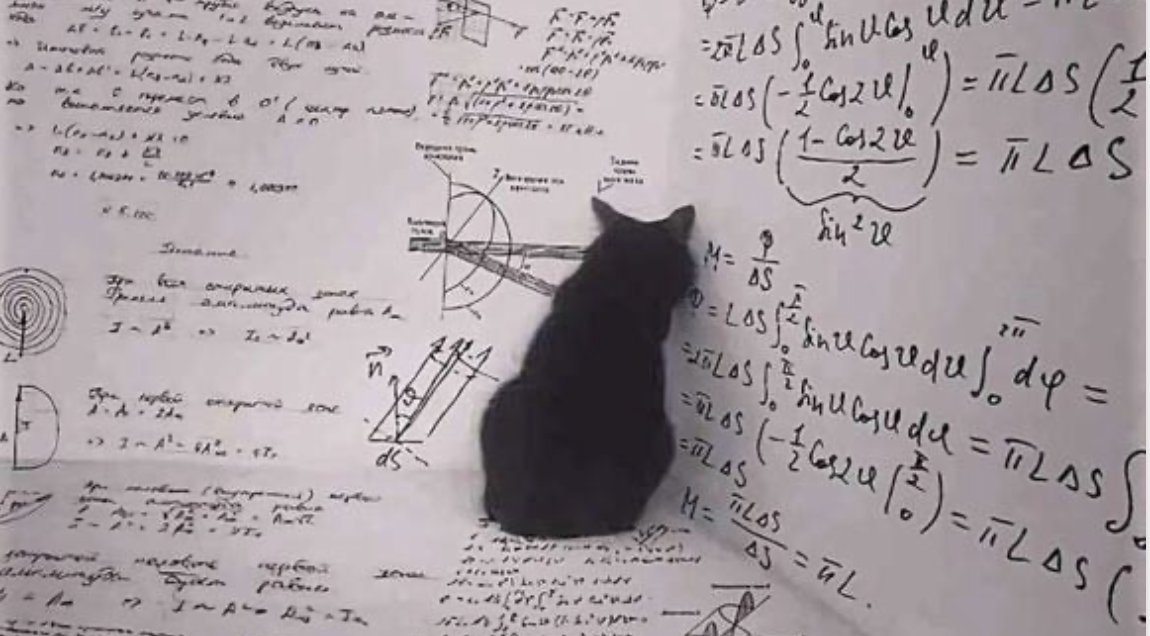2.5 minute read
The technology behind cell phones is built on many theories, one of them quite bizarre. This bizarre theory is called quantum superposition. If scientists hadn’t been able to come to a consensus concerning how this mysterious theory has practical implications, you wouldn’t be reading this on your cell phone. You’d probably be in a cave, warming your buttocks in front of a fire, and taking cover from the apocalypse.

In 1935, Erwin Schrödinger wrote a letter to Albert Einstein. In this letter he was critiquing the Copenhagen interpretation of quantum mechanics (the prevailing theory at the time) via a dead/alive cat in a box. The Copenhagen interpretation said that quantum mechanics is inherently indeterministic. In other words, tiny objects have certain pairs of complementary properties, which cannot be observed or measured simultaneously (according to the complementarity principle). In more words: in a quantum system, an atom or a photon can exist as MULTIPLE states corresponding to DIFFERENT possible outcomes. How can a thing be multiple things? How can a state correspond to multiple states? What is this quackery?
This indeterminism drove Schrö-Schrö and Einstein insane for a couple of reasons. Schrö-Schrö expressed his frustration with the theory by creating a thought experiment in his letter where a cat was in a box with a flask of poison and a radioactive source.
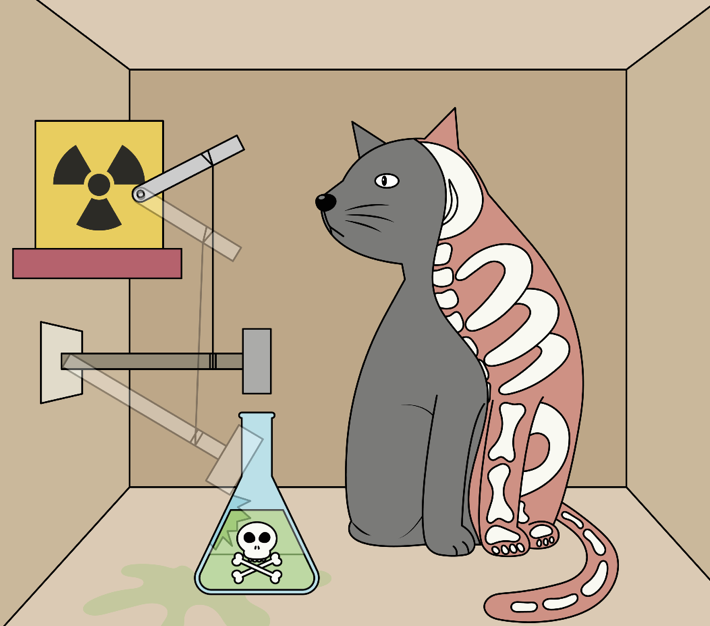
According to the Copenhagen interpretation, after a while this cat in the box will simultaneously be both alive and dead. Again: this didn’t make any sense. How could a cat be both alive and dead (in superposition) until it is observed or interacts with the external world? Basically, Schrö-Schrö’s cat experiment asks how long quantum superpositions last and when (or whether) they collapse. This question, concerning the timing, is currently unsolved in physics. Despite not being solved and the letter being a critique, Schrö-Schrö’s paradoxical thought experiment became part of the foundation of quantum mechanics. It was also the first time the term “entangled” was used, as he described the cat’s wave function as being entangled.

Quantum reality: a weird and contradictory place. The characteristics of this place meant that the physics of Einstein’s theory of relativity, which described how big things in the universe (like planets, gravity, black holes) worked, moved, and functioned, could not be applied to how little things (subatomic particles) worked, moved, and functioned. The inability to reconcile quantum mechanics and relativity would plague Einstein for the rest of his life.
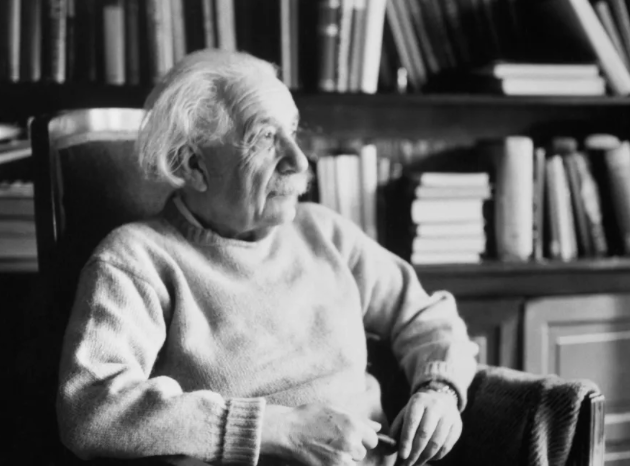
How can the universe have two sets of physics’ principles, one for small things and one for big things? There must be a unifying theory that we are missing. Scientists have proposed string theory and multi-dimensions as a reconciliation, but our inability to rigorously test this theory prevents us from accepting it completely. Anyway, Schrödinger had issues with the Copenhagen theory.
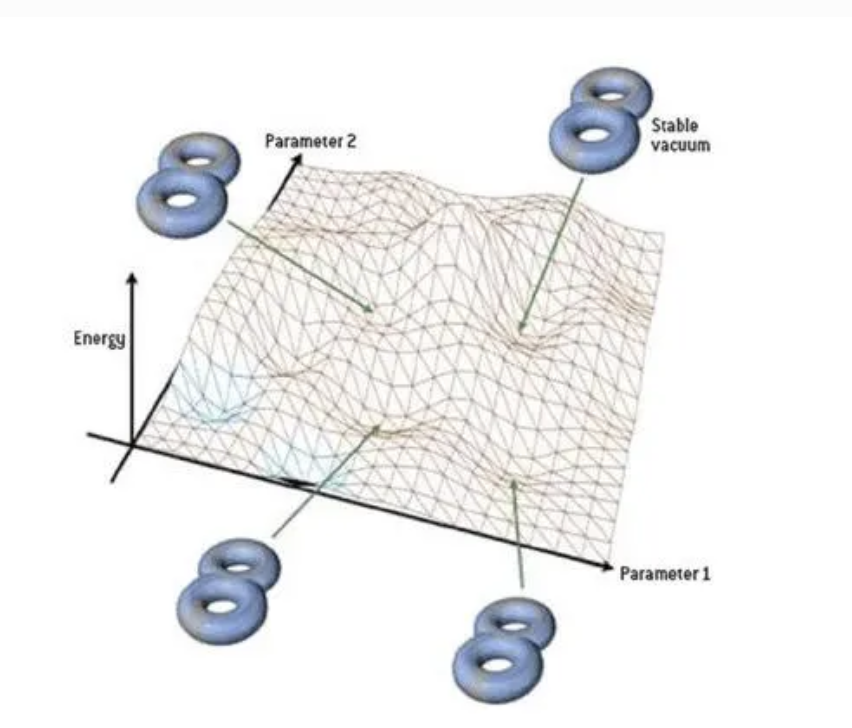
Unsolved question in physics: how does the quantum description of reality, which includes elements such as the superposition of states, give rise to the coherent reality we perceive? If you’d like to read an entertaining story that plays with this idea, check out Quarantine by Greg Egan, my favorite Science Fiction author.
Schrödinger shedding light on this bizarre phenomenon, reasonably and critically, allowed others to build off of his thinking. My purpose for this essay is to express how most of us are unaware of how theories, and even discussions of theories or ones not fully understood, underpin our lives.
Enter American physicists John Bardeen, Walter Brattain, and William Shockley.
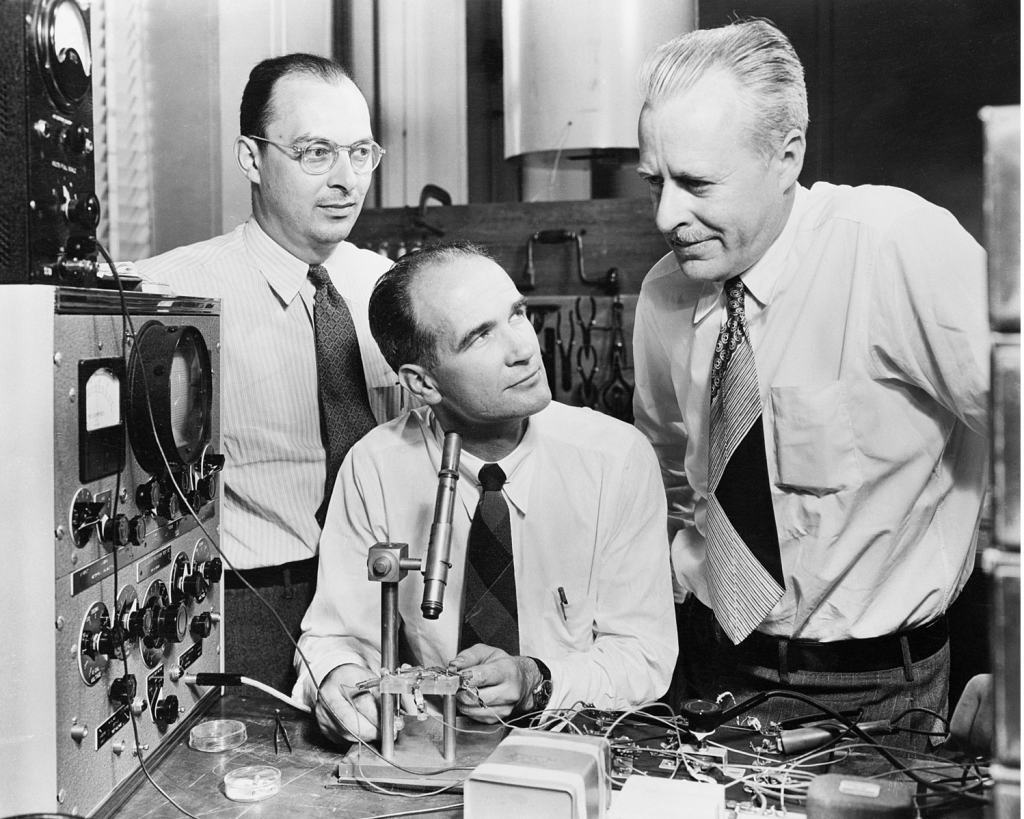
They were aware of the principles of quantum mechanics when they were working at Bell Labs in the 1940s. Their knowledge of quantum theory influenced their work on semiconductor physics. Their understanding of quantum mechanics played a CRUCIAL role in the development of the transistor (officially invented by them in 1947), as they were able to apply quantum principles (such as quantum superposition) to manipulate the behavior of electrons in semiconductor materials.
Transistors: the building blocks of your cell phone.
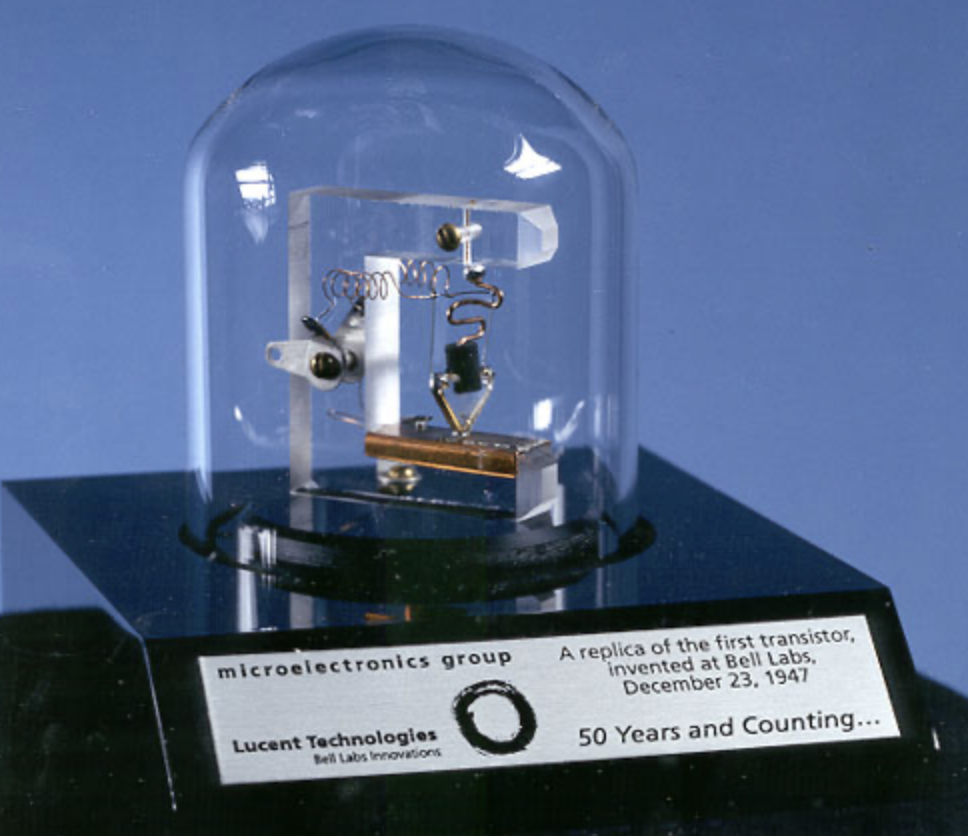
Transistors exploit quantum superposition by utilizing the ability of particles, such as electrons, to exist in multiple states simultaneously. In a transistor, this allows for the control of the flow of the electrons, enabling to act as a switch OR an amplifier in electronic devices. By using the principles of quantum superposition, transistors can perform complex operations.
On average, a smart phone contains 10 billion transistors.
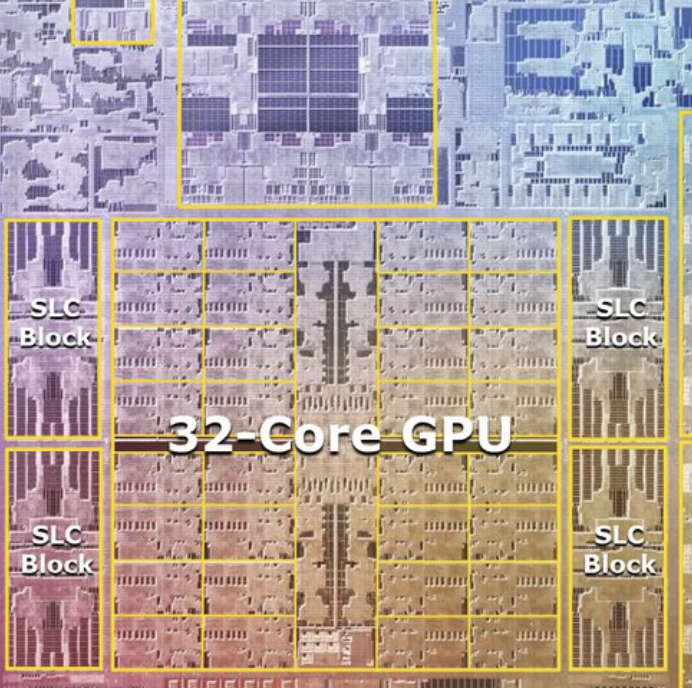
The existence of GPS, computer chips, lasers and electron microscopes all attest that quantum theory works beautifully.
Thank you, dead-alive cat in a box, for providing the theoretical foundation of our modern world. Without you we wouldn’t be able to watch cute cat videos, 24/7, anywhere on the planet, until our retinas burn and our neurons fry.

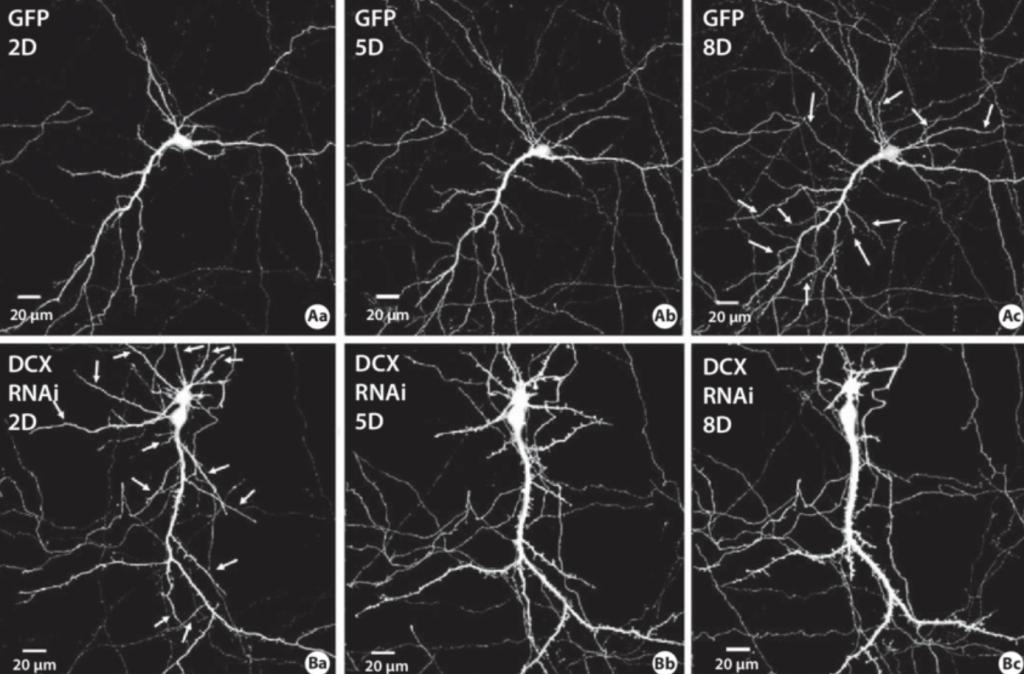
–
Subscribe below:
Sources:
cat, black/white photo and in a box photo: https://www.discovermagazine.com/the-sciences/schroedingers-cat-experiment-and-the-conundrum-that-rules-modern-physics
String theory photo: https://www.forbes.com/sites/startswithabang/2020/02/26/why-string-theory-is-both-a-dream-and-a-nightmare/?sh=6ff1e2d63b1d
https://fr.m.wikipedia.org/wiki/Fichier:Bardeen_Shockley_Brattain_1948.JPG

